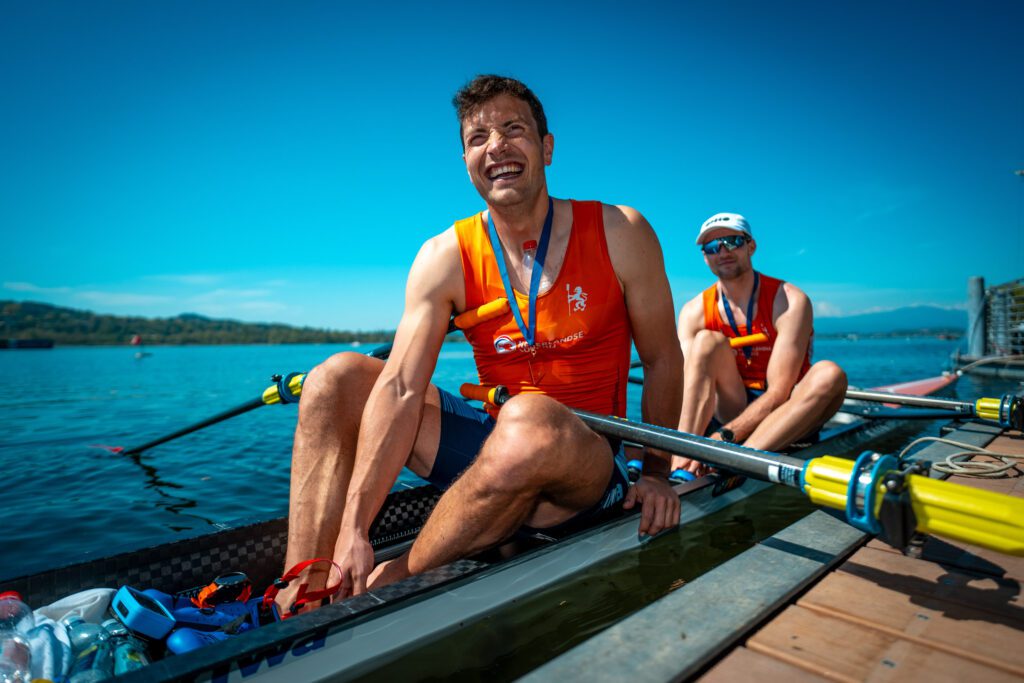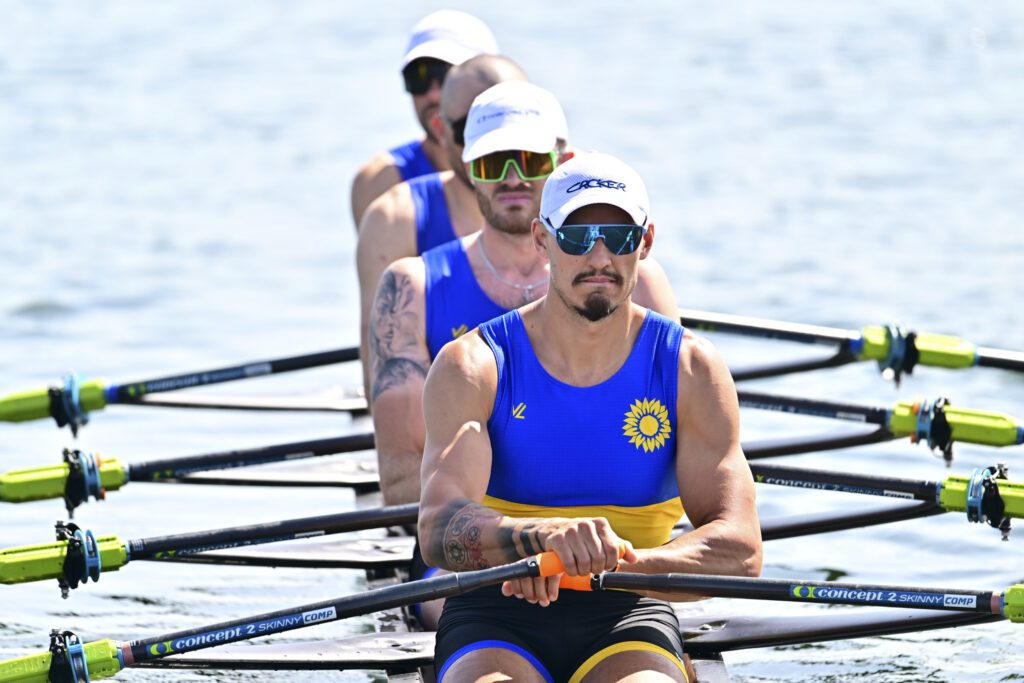We rowers are strangely insular creatures. Oddly protective over the little bubble that is our sport. We have long been suspicious of any rowing machine to rival our beloved industry leader, a product so enshrined in the sport, so central to the daily rowing experience. Perhaps we have become jaded by the many, many failed attempts that have come before. Well-meaning fitness brands who venture on to the scene, only for their product to be laughed out of boathouses the world over. We all know that there is only one rowing machine – nobody else gets it, case closed. Or is it?
Italian fitness giant Technogym, having monitored a growing global trend in rowing as a fitness activity, have jumped headlong into the market with the launch of their SKILLROW machine. And it appears that they have done their homework.
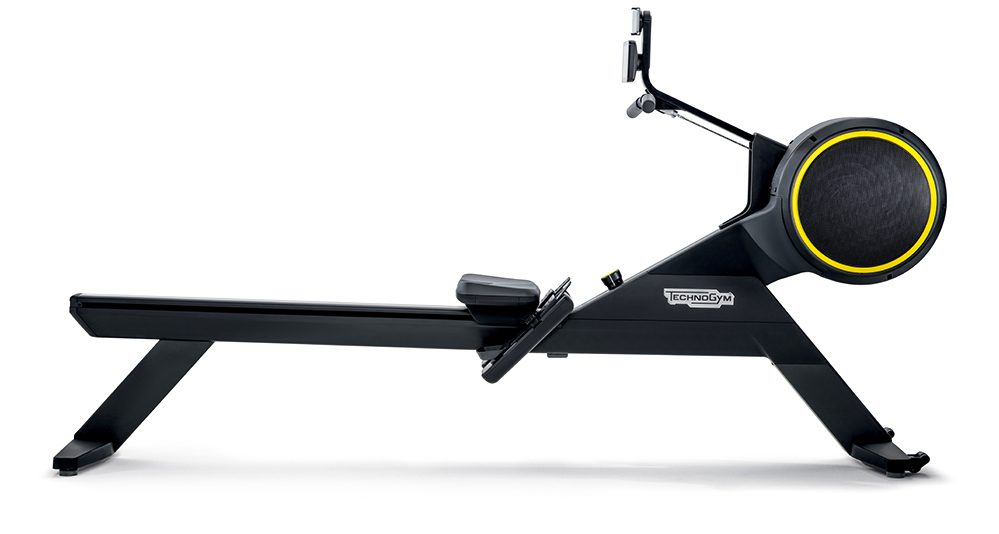
For over 30 years Technogym has been promoting health and fitness; “wellness” they call it; a typically Italian lifestyle. Many of us will be familiar with their brand of treadmills, exercise bikes and weights machines that occupy many of the world’s gym floors. They claim to produce the widest range of fitness equipment of any fitness manufacturer. They have also been the official suppliers of fitness equipment to the Olympics at the last six games.
While the volume sales will always be had in the fitness market, Technogym say they have developed their new rowing machine from the outset with the competitive rowing market firmly in mind. And you can feel it from the first stroke.
With a chance to try the machine for myself at Technogym’s headquarters – a stunning glass, wood and chrome cathedral to ‘wellness’ near Bologna, Italy – my first impression was that everything was in the right, reassuringly familiar place. None of the funny foot positioning or weird foot stretcher angles that are the usual initial stumbling blocks of less diligent manufacturers. The smooth whoosh of the fan provided just the right feel and resistance which could be adjusted using the same drag factor scores we are used to. It all feels just right. When the screen springs to life, the numbers make sense too. 500/m split times are as they should be and your scores on this machine will be no worse – or better I am afraid. Technogym understand that rowers live and die by their standardised erg scores and so have calibrated their machine to produce scores that are directly comparable to the Concept2.
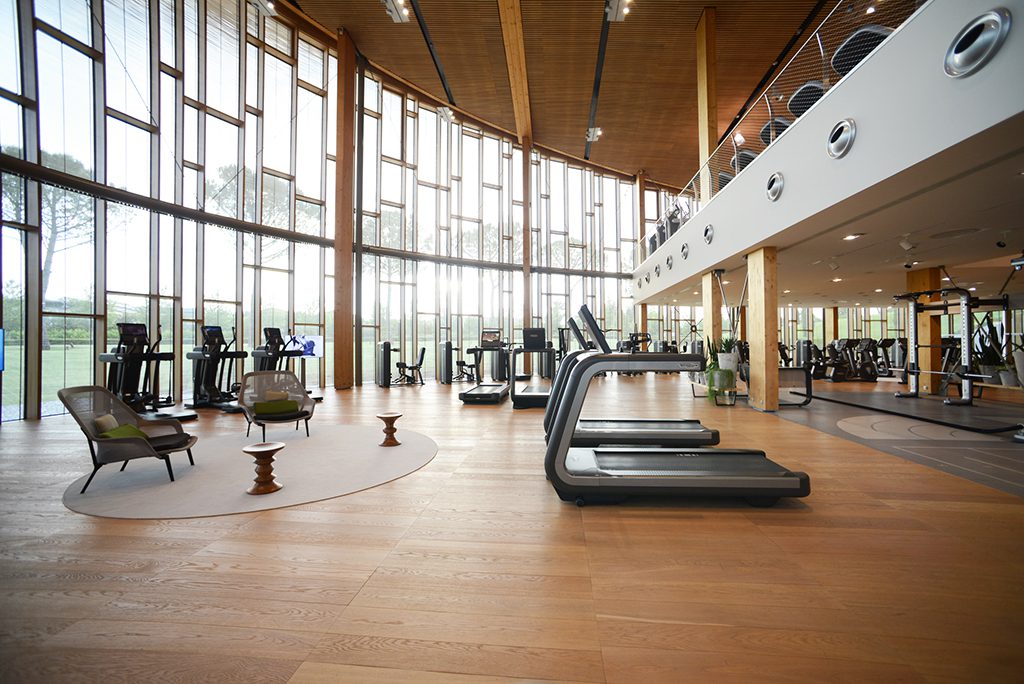
Photo Technogym’s headquarters in Bologna, Italy.
Credit Technogym
For its development, Technogym teamed up with Olympic rowers Rossana Galtarossa, who won gold in 2000 for Italy, two time world champion lightweight Marcello Miani, and GB Olympic eights gold medallist from Rio, Scott Durant. Development of the SKILLROW began just over a year ago in close consultation with the three rowers, and researchers from Loughborough University in the UK, with the implicit aim to produce the best rowing machine they could.
Working in Italy, Technogym’s team of engineers and bio-mechanists explored several resistance mechanism options before settling on a traditional fan resistance model. However, where the SKILLROW sets itself apart is with the addition of an added magnetic resistance feature that can be engaged over and above the fan resistance. This machine goes to eleven. The fan provides resistance as normal for all steady training, but the additional three levels of magnetic resistance can be activated to achieve a better strength and power workout. In use, the added magnetic resistance feels very similar to training with a strap tied around the hull of a boat or performing deadlifts.
At first I was sceptical, seeing it as little more than a gimmick to win over the gym crowd, but I came to like this feature a lot. It is perfect for power stroke sessions or as a replacement to weightlifting exercises. It definitely has a place within a high-performance rowing strength and conditioning programme.
Technogym claim the machine provides a more realistic representation of the resistance curve you would feel when training on the water. Aquafeel, as they have catchily named it, means the resistance is more gradual, making the movement more fluid throughout. More than improving just the feel, it means that strain on the lower back at the catch is reduced, lowering the risk of common rowing back and rib injuries. You feel a more sustained resistance throughout the stroke to the finish too, with little drop off as you overcome the inertial load.
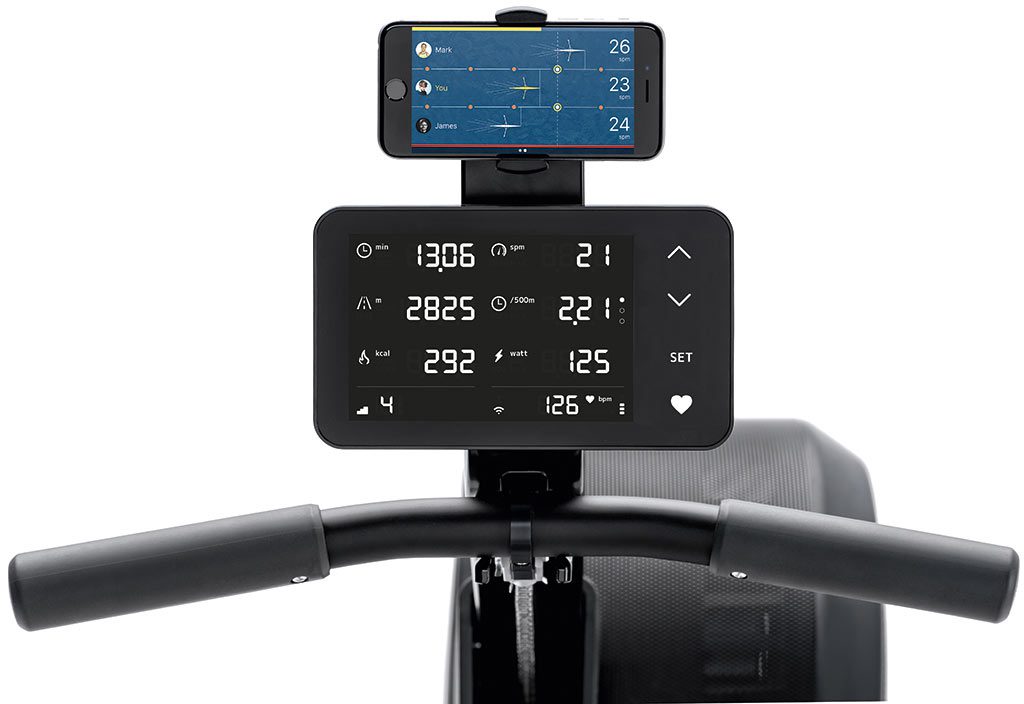
And then there is the monitor and the periphery technology they have developed to accompany it. Technogym have put their full software engineering clout behind producing an unrivalled digital rowing machine user experience. The beautiful back-lit display gives you all the information you would expect, but when paired via Bluetooth via the app on your mobile device, which mounts above the screen, the possibilities become endless. Workouts can be recorded, uploaded and shared in Strava-like fashion – no more tweeting a photo of your workout summary screen.
Coaches can create workouts remotely and with a push of a button they are programmed into the athlete’s machine. Virtual races, virtual coaches and bio- mechanical feedback all in pleasingly designed graphic displays. None of the clunkiness we have come to accept in some rowing-specific apps.
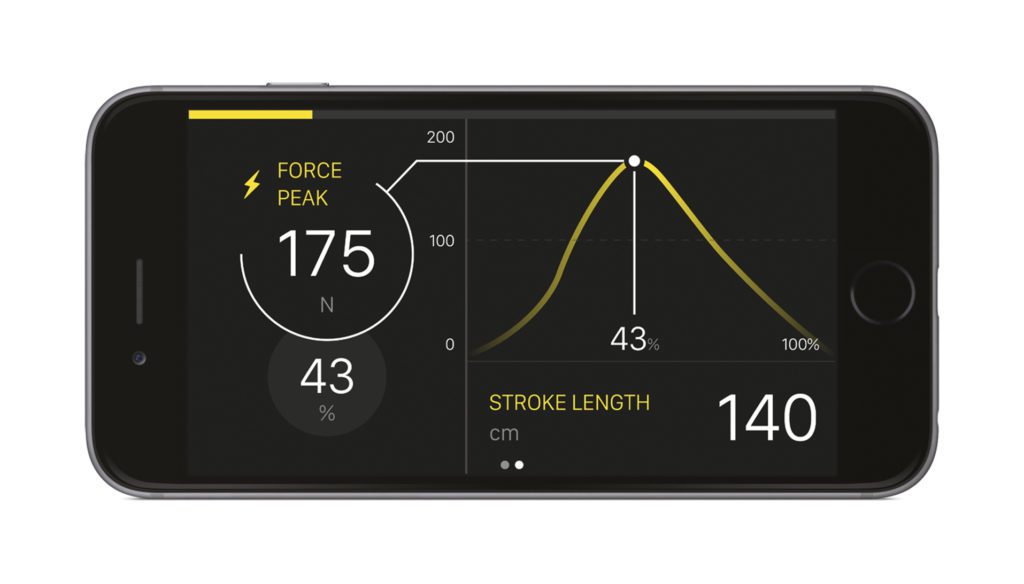
Top marks to Technogym then for producing a superb all-round rowing machine. And while the competitive rowing market is an undeniably tough nut to crack, my experience with the SKILLROW left my mind broadened to the idea of there still being space for another machine. In fact, I don’t believe it needs to be a choice between one or the other. The magnetic resistance feature alone provides a very different workout tool that would justify its place in boathouse gyms alongside their existing arsenal of ergs, bikes and weights machines. The detailed feedback provided by the connected app and screen and reduced initial inertial load also make the machine a more nuanced rehabilitation tool that could prove extremely useful within a well set-up rowing programme.
Still sceptical? Give it a try when you can, you will be pleasantly surprised.
This article first appeared in



